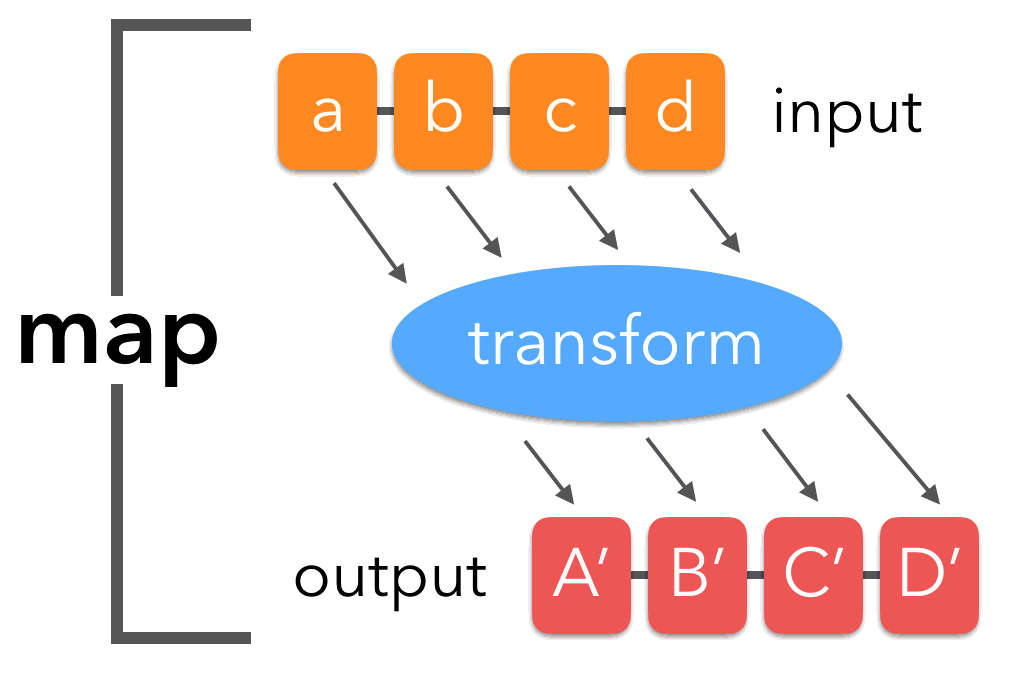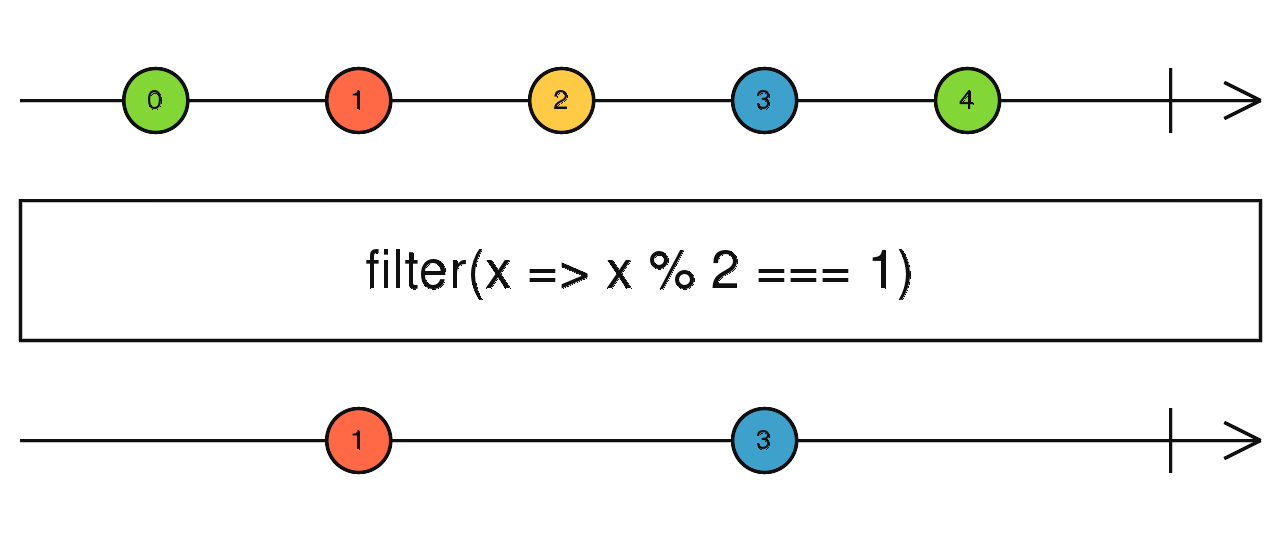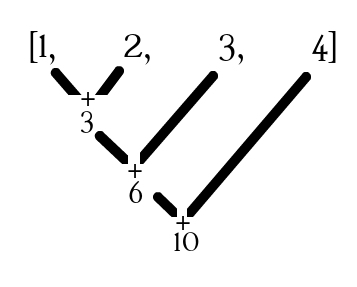Keyboard shortcuts:
N/СпейсNext Slide
PPrevious Slide
OSlides Overview
ctrl+left clickZoom Element
If you want print version => add '
?print-pdf' at the end of slides URL (remove '#' fragment) and then print.
Like: https://progressbg-python-course.github.io/...CourseIntro.html?print-pdf
Functional programming in Python
Created for
Basic Concepts
- Functional programming in Python is a programming paradigm that treats functions as first-class citizens and emphasizes immutability, pure functions, and higher-order functions.
- Key Concepts:
- First-Class Functions : Functions can be assigned to variables, passed as arguments, and returned from other functions.
- Pure Functions : Functions that always return the same output for the same input and have no side effects. I.e. no additions to the primary purpose of the function - to compute and return a value.
- Higher-Order Functions : Functions that take other functions as arguments or return functions ().
- Immutability : Avoiding changes to data structures and preferring immutable data.
- Lambda Functions : Anonymous functions for short operations (lambda x: x * 2).
- , map(), filter(), and reduce() are examples of functional programming in Python.
The map() Function
The map() Function

Syntax
map()The map() function in Python is a tool for transforming elements within an iterable.- function - a function definition.
- iterable - a sequence (list, tupple, range or string) or any iterable object. Note, that you can pass multiple iterables!
- map() applies the function to each element of the iterable and returns a new iterator containing the transformed elements.
- Example: map list of numbers to list of squared numbers
map(function, iterable, ...)
numbers = [1,2,3,4,5]
sqr_numbers = map(lambda x:x**2, numbers)
print( list(sqr_numbers) )
#[1, 4, 9, 16, 25]
Examples
- Example: Generate all uppercase cyrillic letters by their UTF codes
- Above example can be done with list comprehenstions, as well:
- Example: feed map() with multiple iterables. Note that this example can not be done easilly with list comprehensions
letters = map(chr, range(1040, 1072))
print( list(letters) )
#['А', 'Б', 'В', 'Г', 'Д', 'Е', 'Ж', 'З', 'И', 'Й', 'К', 'Л', 'М', 'Н', 'О', 'П', 'Р', 'С', 'Т', 'У', 'Ф', 'Х', 'Ц', 'Ч', 'Ш', 'Щ', 'Ъ', 'Ы', 'Ь', 'Э', 'Ю', 'Я']
letters = [chr(code) for code in range(1040, 1072)]
print( list(letter
#['А', 'Б', 'В', 'Г', 'Д', 'Е', 'Ж', 'З', 'И', 'Й', 'К', 'Л', 'М', 'Н', 'О', 'П', 'Р', 'С', 'Т', 'У', 'Ф', 'Х', 'Ц', 'Ч', 'Ш', 'Щ', 'Ъ', 'Ы', 'Ь', 'Э', 'Ю', 'Я']
l1 = [1,2,3]
l2 = [1,2,3]
l_sum = map(lambda a,b: a+b, l1, l2)
print( list(l_sum) )
# [2, 4, 6]
The filter() Function
The filter() Function

filter()is a built-in function that allows to process an iterable and extract those items that satisfy a given condition
filter(function, iterable)
- function - a function definition. Should return a Boolean value
- iterable - a sequence (list, tupple, range or string) or any iterable object.
- When you pass a function and an iterable to filter(), it applies the function to each item of the iterable and yields only those items for which the function returns True.
- The filter() function returns an iterator that lazily evaluates each item in the iterable it processes
- Example: List of even numbers with named function
- Example: List of even numbers with lambda function
def is_even(x):
return x % 2 == 0
evens = filter(is_even, range(1, 11))
print(list(even_numbers))
# [2, 4, 6, 8, 10]
evens = filter(lambda x: x % 2 == 0, range(1, 11))
print(list(evens))
# [2, 4, 6, 8, 10]
More examples
- Example: filter empty strings.
- If None is used for filter function, it defaults to Identity function - filters out elements that are False
- Note that we can use list comprehenstions insead of filter
- Example: Names, starting with 'A'
- With list comprehension
names = ["Ivan", "", "Alex", "", "Maria", "Angel", ""]
not_empty_names = filter(None, names)
print(list(not_empty_names))
["Ivan", "Alex", "Maria", "Angel"]
names = ["Ivan", "", "Alex", "", "Maria", "Angel", ""]
not_empty_names = [ name for name in names if name]
print( list(not_empty_names) )
names = ["Ivan", "Alex", "Maria", "Angel", ""]
filtered_names = filter(lambda name: name.startswith("A"), names)
print(list(filtered_names))
names = ["Ivan", "Alex", "Maria", "Angel", ""]
filtered_names = [name for name in names if name.startswith("A")]
print(list(filtered_names))
The reduce() Function
The reduce() Function

reduce()allows us to apply a function to an iterable and reduce it to a single cumulative value- In Python3, reduce() is not built-in, but we must import it from
functoolsmodule! - function - a function definition.The first argument passed to function is the accumulated value and the second argument is the update value from the sequence
reduce(lambda x, y: x+y, [1, 2, 3, 4, 5])calculates ((((1+2)+3)+4)+5)- iterable - a sequence (list, tupple, range or string) or any iterable object.
- If the optional initializer is present, it is placed before the items of the iterable in the calculation, and serves as a default when the iterable is empty
reduce(lambda x, y: x+y, [1, 2, 3, 4, 5], 100)calculates (((((100+1)+2)+3)+4)+5)
from functools import reduce
reduce(function, iterable[, initializer])
Examples
- Example: sum the numbers from 0 to 10, including
- Note, that in practice you can use the sum function:
- Example: sum the prices of all products
- With sum function and list comprehension:
from functools import reduce
res = reduce(lambda a,b: a+b, range(11))
print(res)
#55
print(sum(range(11)))
products = [
{'name':'apples', 'price': 2},
{'name':'oranges', 'price': 5},
{'name':'bananas', 'price': 3},
]
#note that here we must provide initializer
total_price = reduce( lambda price, product:price+product['price'], products, 0)
print(total_price)
total_price = sum([p["price"] for p in products])
Example: map - reduce
- Often in practice filter, map and reduce are used in combination
- Consider next example, which returns the sum of variable number of lists items positionally (element wise)
- *t parameter in lambda collects in a tuple (t) all arguments. For example, on the first iteration, *t would collect the first element of each list into the tuple t=(1, 1, 1).
- The reduce function applies its lambda to the tuple t, summing all its elements.
from functools import reduce
l1 = [1, 2, 3]
l2 = [1, 2, 3]
l3 = [1, 2, 3]
res = map(lambda *t: reduce(lambda a, c: a + c, t), l1, l2, l3)
print(list(res))
# [3, 6, 9]
map/filter vs Comprehensions
map/filter vs Comprehensions
Why to use map/filter
- While list/dictionary/set comprehensions can replace most uses of map and filter, there are still reasons why these functions remain useful:
- Working with multiple iterables: map() can apply a function to elements from multiple sequences in parallel:
- Memory efficiency with large data: map() returns an iterator, not a list, so it's lazy-evaluated:
list(map(lambda x, y: x + y, [1, 2, 3], [4, 5, 6])) # [5, 7, 9]
# This doesn't build the whole list in memory
result = map(process_function, very_large_dataset)
filtered = filter(lambda x: x > 1000, huge_dataset) # Iterator, not list
Why to use Comprehensions
- Readability for simpler operation:
- When you need a list immediately: Comprehensions produce the full result at once
- Combining mapping and filtering: Comprehensions handle this elegantly:
squares = [x**2 for x in numbers] # vs. map(lambda x: x**2, numbers)
squares = [x**2 for x in range(10)] # Ready to use list
even_squares = [x**2 for x in numbers if x % 2 == 0]
# vs
even_squares = map(lambda x: x**2, filter(lambda x: x % 2 == 0, numbers))
Homework
Homework
- The tasks are given in next gist file
- You can copy it and work directly on it. Just put your code under "### Your code here".
These slides are based on
customised version of
framework

